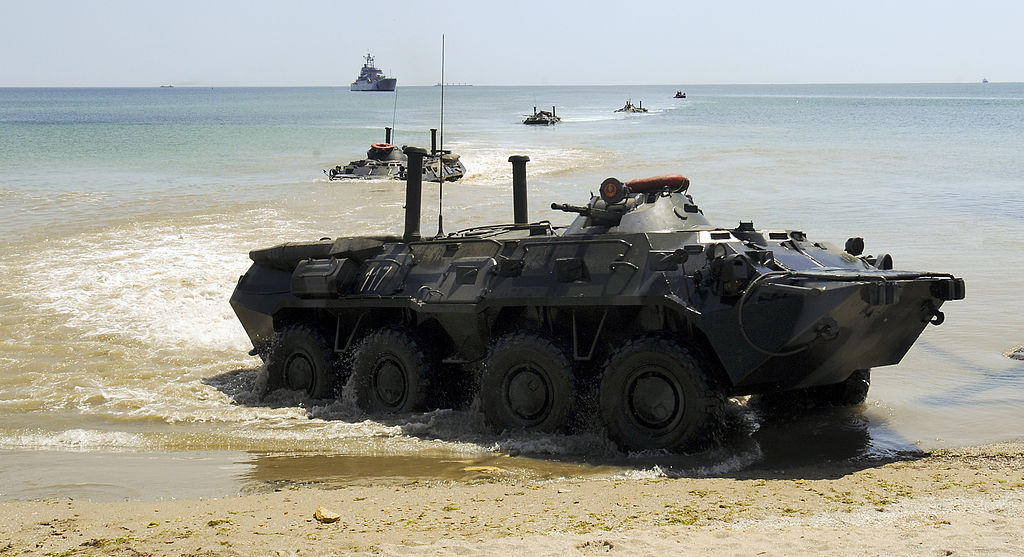Soviet North Western TVD
03 December 2019 | General News
NORTH-WESTERN TVD
In Northern Fury, the Soviet Plan BOYAR calls for a major emphasis on the strategic flanks. As such, the Soviets reactivate the North Western ‘High Command in the Strategic direction’ (TVD), based on the HQ for Leningrad Military District (MD). North-Western TVD’s main objective is to invade Norway to knock that country out of the NATO alliance and destabilize NATO’s northern flank. To accomplish this, the TVD has been given significant land, naval and air forces. With the bulk of the Red Banner Northern Fleet (less Strategic Forces), a reinforced 76th Air Army, coordination and tasking authority over 6th and 10th Air Defence Armies, as well as some PVO forces within the Leningrad Military District, the North-Western TVD is a powerful conglomeration on military strength, especially when joined with the land forces of the re-formed KARELIAN FRONT.
Anticipating that NATO will react aggressively, the key aspect of Plan BOYAR is to act swiftly and decisively in an effort to catch defenders at a low ebb in readiness. Towards this end, the 2nd Special Forces (Spetsnaz) Brigade and other GRU elements have been training for months and began deploying weeks in advance of hostilities. The Spetsnaz forces are nominally under the control of the KARELIAN FRONT, but in reality their tasking comes directly from Moscow and the FRONT HQ staff are informed of their presence when other land forces are in close proximity – no earlier.
Red Banner Northern Fleet
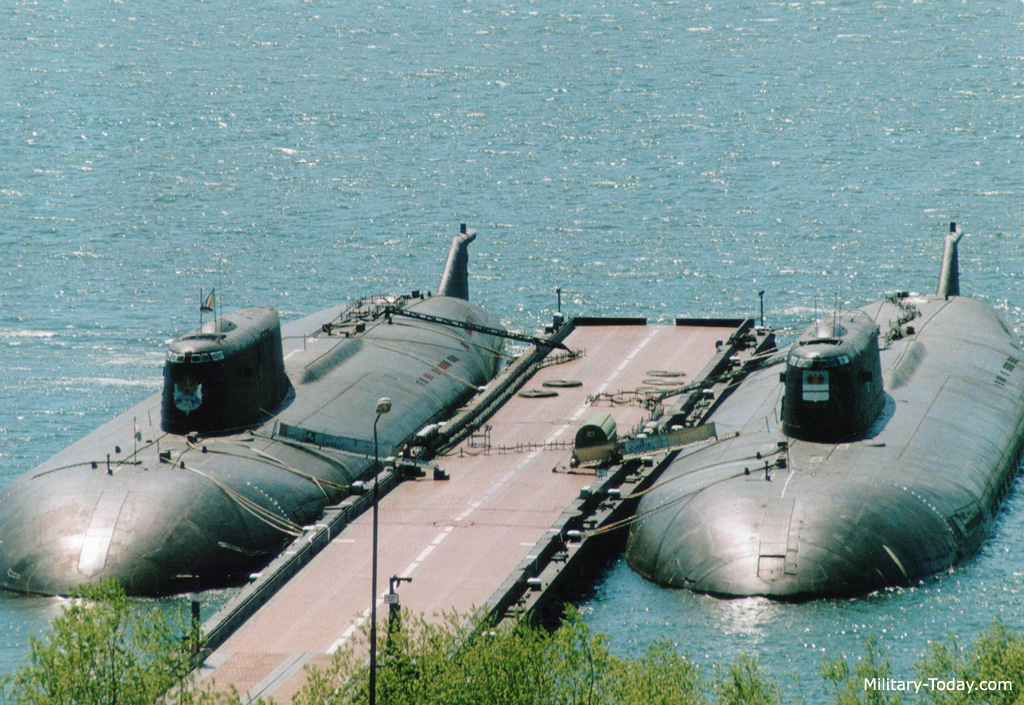
Of the 400+ vessels in the Northern Fleet, about 350 are involved in Plan BOYAR. The centerpiece of Soviet naval activity for this operations, as always, is the submarine; their force includes 60+ SSNs including over a dozen 3rd generation (Sierra (4), and Alpha (4)) or 4th generation (Akula (6)), 30+ SSGNs including eight of the giant and deadly *Oscar-*class, and 60+ SSKs, about half of which are modern Tango or Kilo class boats. A second key component is the Amphibious forces, which will operate in the Norwegian Sea. Although small by western standards, their purpose is to deliver and resupply two Naval Infantry (NI) Brigades. Supporting the submarine surge and amphibious operations are powerful surface forces including two Kuznetzov-class aircraft carriers, two Kiev-class aviation cruisers, two *Kirov-*class battlecruisers, two Slava-class air defence cruisers and about 50 other ocean-going warships. The primary purpose of the surface elements is to disrupt NATO surface and ASW forces, allowing the submarine and amphibious elements to achieve their missions. Over 100 coastal and fast attack craft will operate along the Norwegian coast in conjunction with the surface and amphibious forces while protecting the maritime flank of the KARELIAN FRONT. Intelligence gathering and support ships will be placed throughout the region, particularly the North Atlantic to monitor NATO activity and support naval and air force targeting efforts. Finally, maritime air forces will support all activities with intelligence gathering, disruption, surveillance and strike activities.
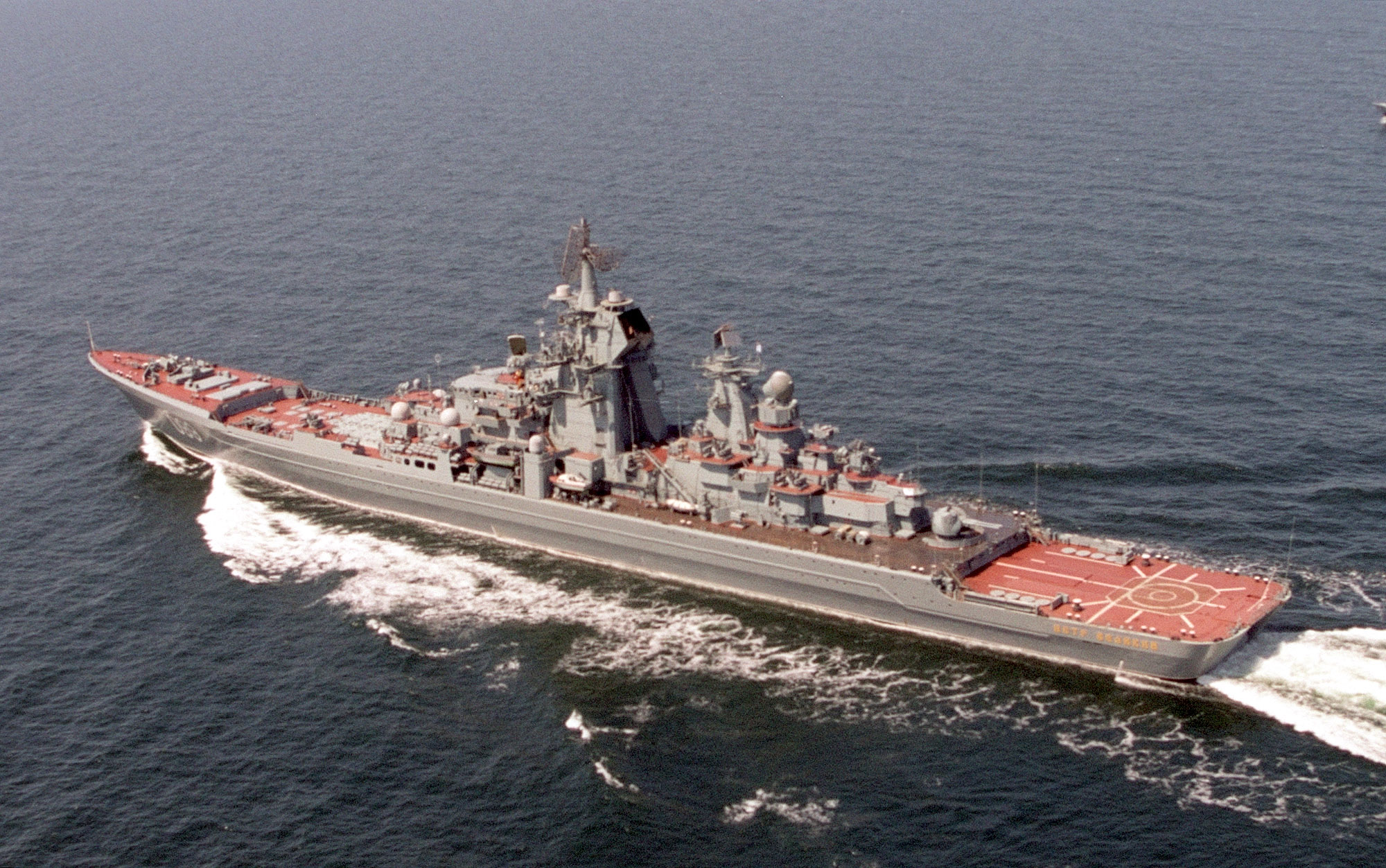
Air Forces Supporting North-Western TVD
All told, there are about 1,500 aircraft under the direct or indirect control of North-Western TVD. The coordinating authority is the 76th Air Army of the VVS and the main task is to support the KARELIAN FRONT’s operation with a secondary task of supporting the Red Banner Northern Fleet’s mission.
76th Air Army: Normally comprising of over 400 combat aircraft this formation will increase by about 50% in the few days prior to operations commencing and more than double in size a few days later. These forces, when fully assembled will comprise of:
149th Bomber Aviation Division: ~70x Su-24
122nd Fighter Aviation Division: ~120x Su-27
246th Fighter Aviation Division (Reinforced with 32nd Guards Fighter Regiment): ~135x MiG-23MLD
131st Fighter Aviation Division (Reinforcing with an additional Fighter Regiment, the 73rd Guards): 31x MiG-29M, 41x Su-27, 45x MiG-23MLD
125th Fighter Bomber Division (Reinforcing): 32x MiG-27, ~70x Su-17M4
259th Mixed Assault Division (Reinforcing, newly formed with 372nd Independent Assault Regiment and four rotary wing regiments): 24x Su-25, 160x Mi-8, 80x Mi-24, 12x Mi-26, 12x Mi-6, 48x Mi-2)
Army forces including: 50x Su-24, ~60x Su-17M3/M3R and about two dozen specialized MiG-25 and other aircraft.
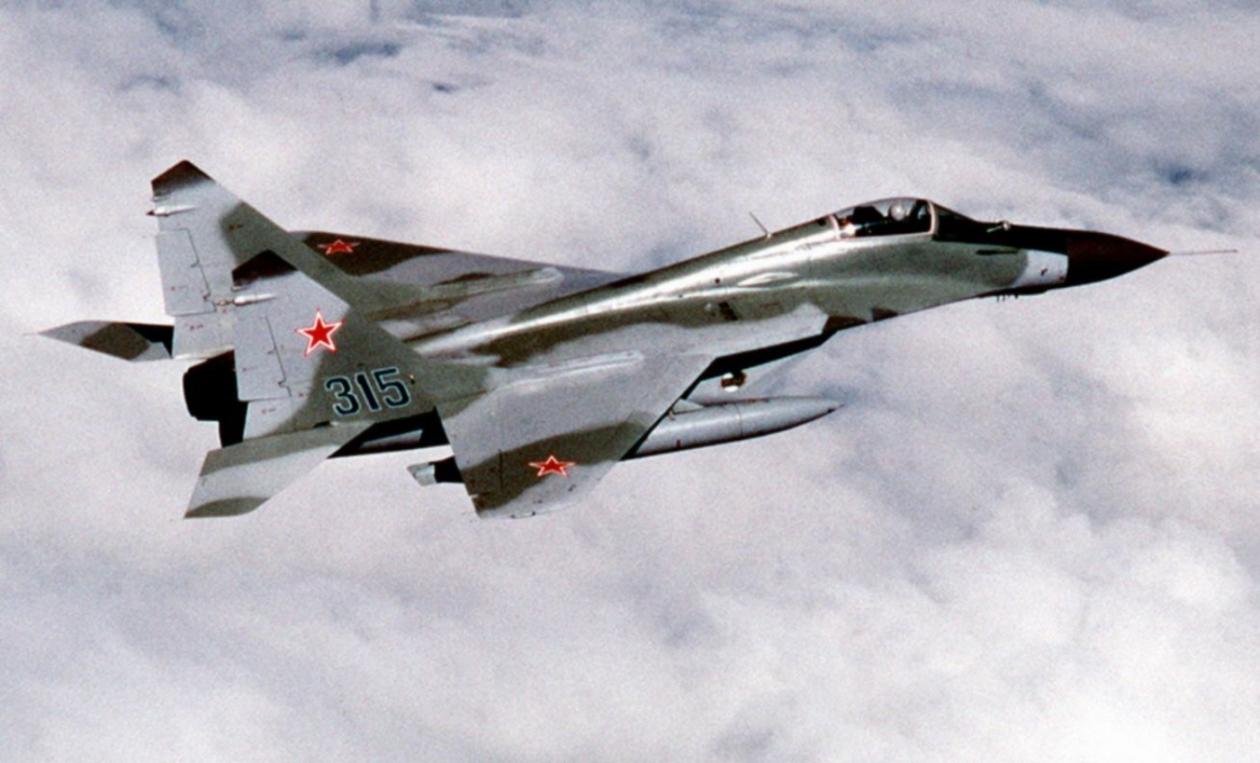
Air Arm of The Red Banner Northern Fleet: With a primary focus on supporting the fleet, this force operates almost 700 aircraft including about 220 onboard ships. The land based forces include 160 Long Range Aviation Bombers or Reconnaissance aircraft, and 140 shore based ASW platforms, mostly long range. There are also a large number of support and transport airframes as well as a regiment of Su-24 medium bombers and many backup and training aircraft for the aircraft carriers (MiG-29K, Su-25, Yak-38 & 141) which could be pushed into combat if required.
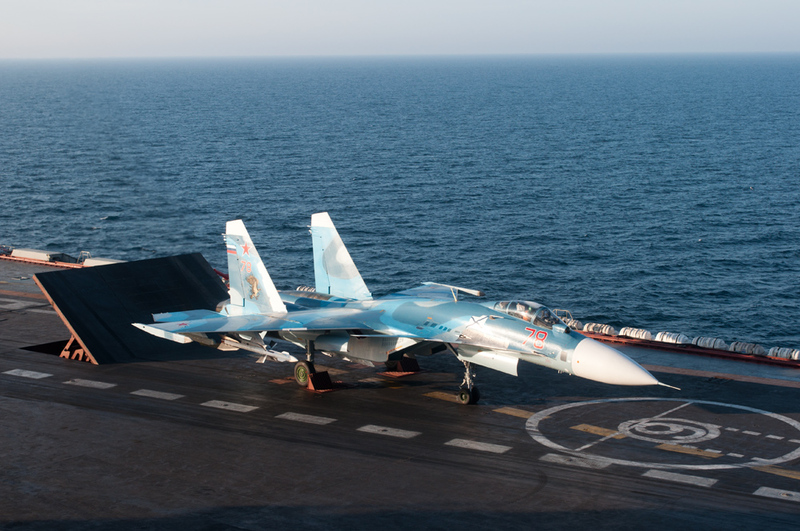
6th Air Defence Army (PVO): This formation is not under direct control of North-Western TVD but is cooperating and can receive tasks in support of the operation. The primary responsibility of this formation is to provide air defence over Karelia and the Kola Peninsula; for Plan BOYAR this has been extended to include Northern Norway as far west as Narvik. To accomplish this task 6th Air Defence Army operates two Air Defence Corps (27th and 54th), and the 14th Air Defence Division with about 250 fighters (~120x MiG-23MLD, 36x Su-27, 31x MiG-31, ~40 MiG-25 and 40 ancient Su-15) as well as 22 SAM Brigades or Regiments. Four Beriev A-50 Mainstay Airborne Early Warning and Control aircraft are assigned to the formation and training has been conducted with controlling aircraft from the 76th Air Army as well.
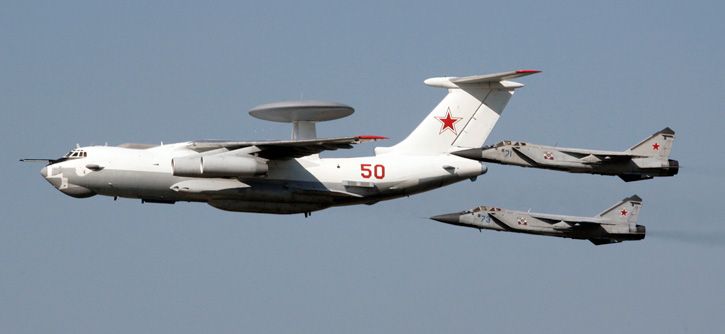
10th Air Defence Army (PVO): While the 6th Air Defence Army looks west and north-west, the 10th looks north-west and north, there is some integration in the area of the Kola peninsula, particularly as about 180 aircraft and several SAM brigades are stationed in the Murmansk area including ~80x MiG-25, ~60x MiG-31 and ~40x Su-27. Additionally, three Beriev A-50 Mainstay are operating with this Army but they are focused towards the north.
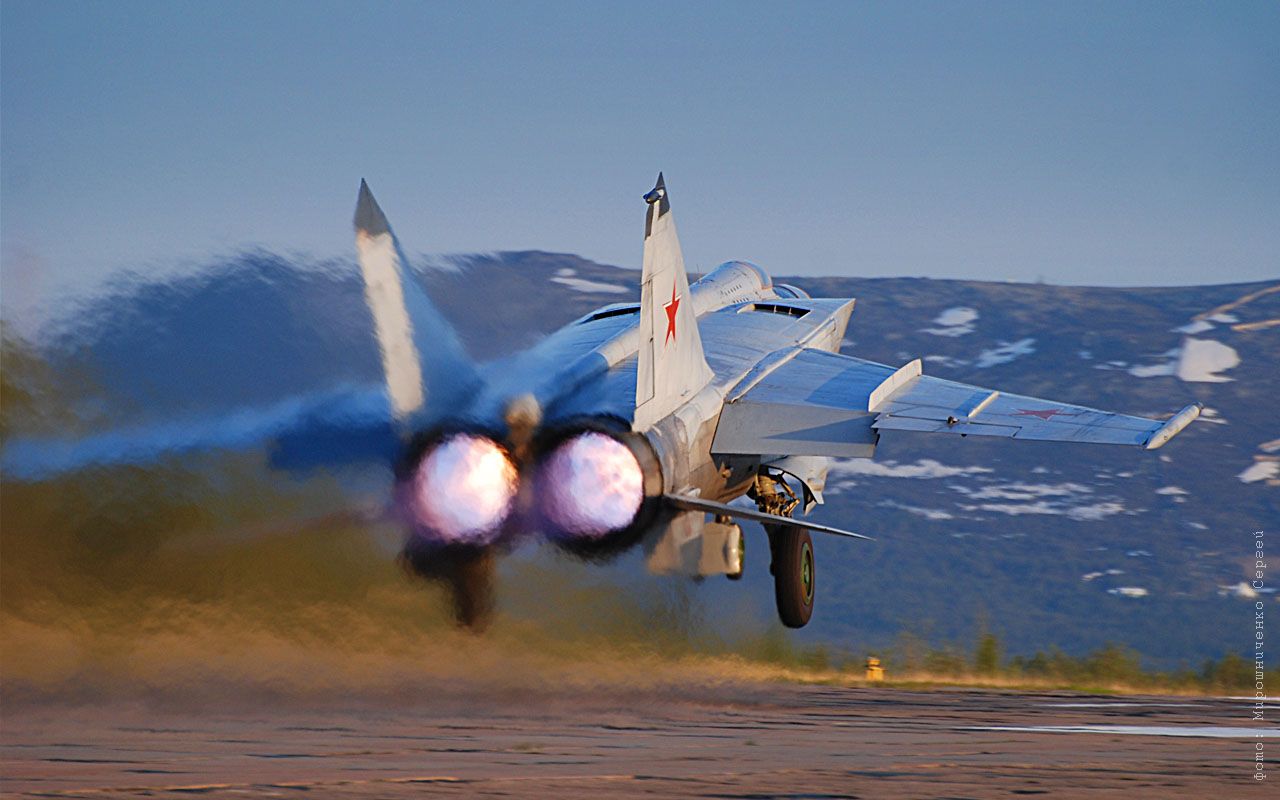
18th Air Defence Corps (PVO): This formation is part of Leningrad Military District (MD) and will likely deploy a regiment to reinforce 6th Air Defence Army in the first week of the war, likely the 180th Guards Fighter Regiment with MiG-31M/SM, although if reinforced from other areas the 177th Fighter Regiment with MiG-23MLDs could also deploy forward.

KARELIAN FRONT
In addition to the air and naval forces based on and around the Kola Peninsula, the major Army formation under North-Western TVD’s command is the KARELIAN FRONT, a formation last used in the Second World War. The KARELIAN FRONT is responsible for controlling all land forces in North-Western TVD and in addition to security of the Leningrad MD has the task of seizing Norway and other areas.
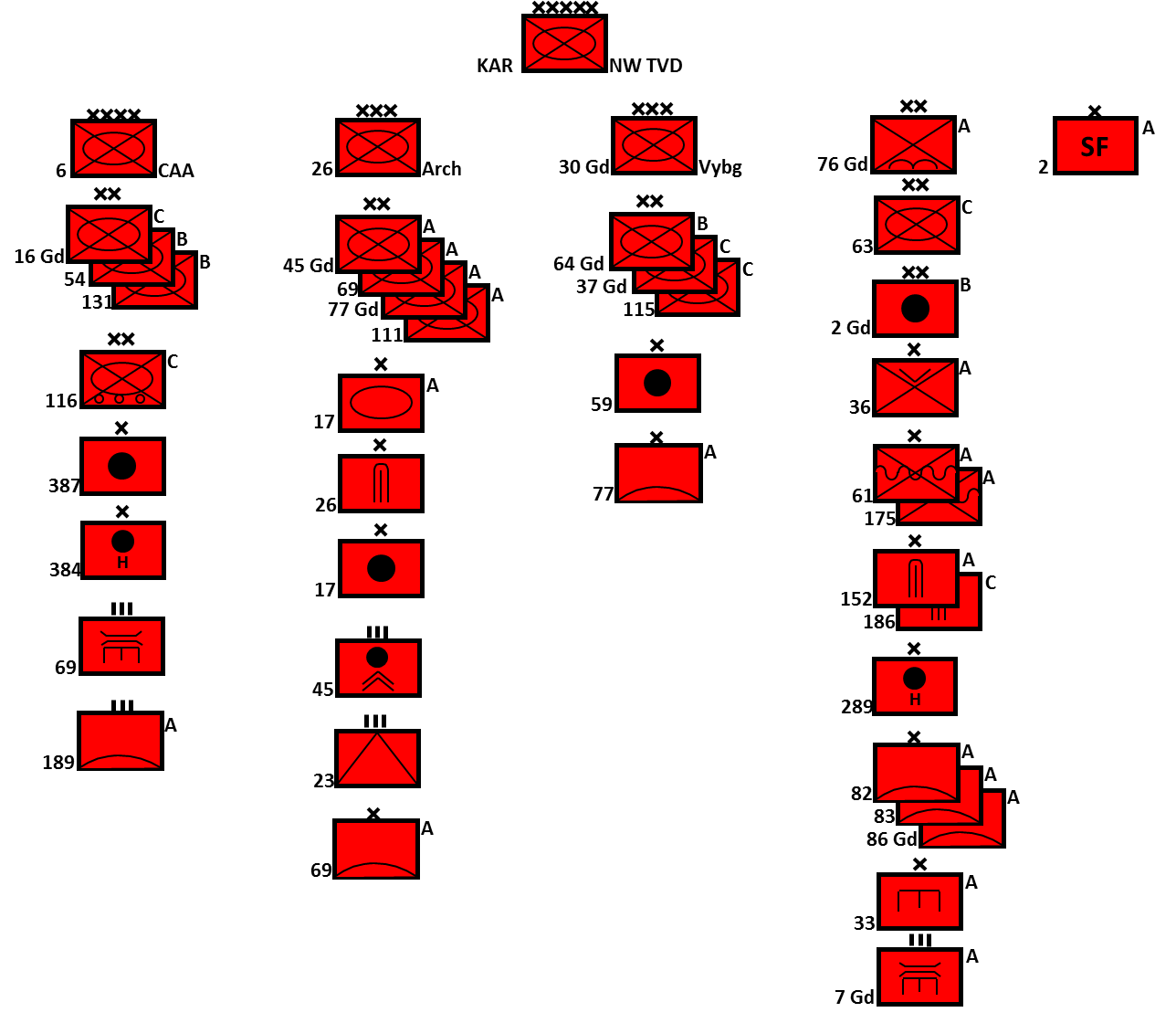
In a retrospectively obvious attempt at disinformation and deflection, the 6th Combined Arms Army (CAA) was significantly weakened in the months leading up to the start of hostilities while some shuffling occurred in the other formations. The lead formation of the Front became the 26th Army Corps, now referred to by the historical name Archangel Corps.
Archangel Corps (26th Army Corps), significantly reinforced from its pre-coup structure is responsible for seizing Norway. In the year preceding hostilities, the 115th Mobilization Motor Rifle Division (MRD) was shifted to the 30th Guards Army Corps (Vyborg Corps) in exchange for the full strength 45th Guards and 11th MRDs. Additionally, the 17th Tank Brigade which was formally known as the 6th Independent Guards ‘Berlin’ Motor Rifle Brigade, was added.
45th Gds MRD (T-80, BMP-2, BTR-70/80)
69th MRD (T-64/72, BMP-2, BTR-70/80)
77th Gds MRD (T-80, MTLB)
111th MRD (T-72, MTLB, BTR-60/70)
17th Tank Brigade (T-72/64, BMP-3, BTR-80)
Vyborg Corps (30th Guards Army Corps), remains in the role of defending the Finnish frontier from Vyborg to Rayakoski, although it is heavily weighted to the south. The 37th Guards and the newly arrived 115th MRDs are now mobilized and both have a full Tank Regiment (TR). The 64th Guards MRD only has only a Tank Battalion but is equipped with very modern T-80s and, although rated as a Category ‘B’ Division, this formation is well trained and capable of offensive operations.
64th Gds MRD (T-80/54, MTLB, BTR-50/60)
37th Gds MRD (T-80/64, BMP-1, MTLB, BTR-60)
115th MRD (T-64, BMP-1, BTR-60, BTR-152)
6th Combined Arms Army (CAA) forms the second echelon force to the Archangel Corps but its primary role is the defence of the Kola Peninsula. Although Plan BOYAR calls for 6th CAA to occupy Norway once that country has collapsed, in its current construct this formation lacks offensive punch with only one BMP equipped Motor Rifle Regiment (MRR) and less than 200 modern tanks.
16th Gds MRD (T-72/54, BMP-1, MTLB, BTR-152)
54th MRD (T-80/54, BTR-60, MTLB, BTR-152)
116th MRD (T-54, truck mounted infantry)
131st MRD (T-80/54, MTLB, BTR-152)
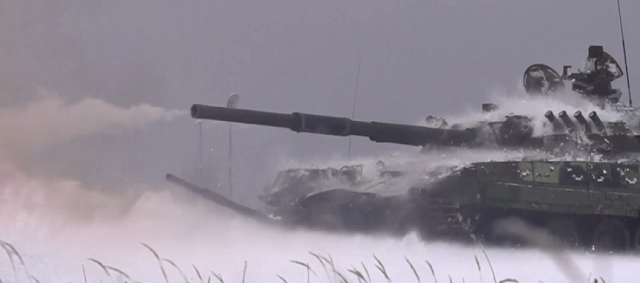
Supporting activities are controlled directly by the Front HQ and coordinated with the Northern Fleet, 76th Air Army, 6th and 10th Air Defence Armies as well as forces directly controlled by the Leningrad MD (such as 18th Air Defence Corps). The primary object of these operations is to reinforce the efforts of Archangel Corps or to distract and confuse NATO reactions.
Operations in Norway: For the most part the remainder of the Front troops, particularly 36th Air Landing (AL) Brigade, Naval Infantry, 2nd Guards Artillery Division and the bulk of the other artillery, engineering air defence and logistics (not shown above) units are supporting operations in Norway. Further, a large portion of 2nd Spetsnaz Brigade is involved in Norway. These elements fall into three broad roles: maneuver such as the AL, NI and Spetsnaz elements; fire support including artillery and air defence; and maneuver support including engineering and logistics forces.
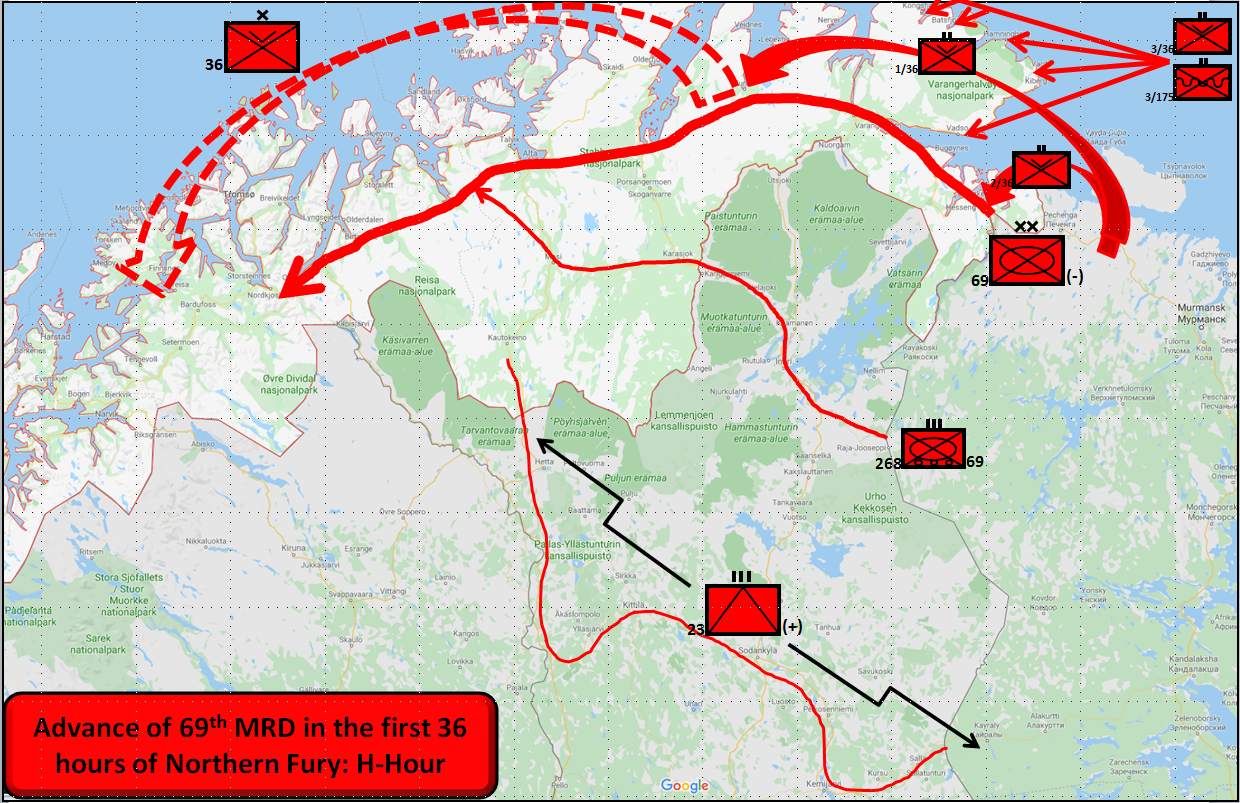
SUPPORTING OPERATIONS: Activities in Norway will consume the bulk of North-Western TVD’s attention and resources, but there is plenty of scope for other thrusts aimed at disrupting NATOs response by providing multiple dilemmas to deal with. To quote from the Commander North-Western TVD – “The Americans might have coined the phrase ‘Shock and Awe’, but it was the Russians who invented it!”
